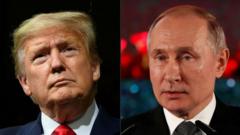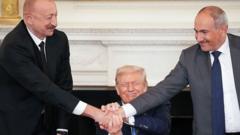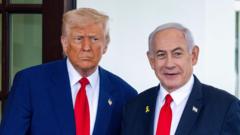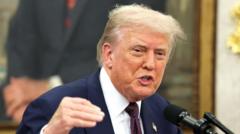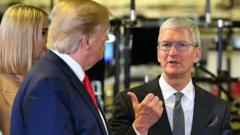Analysis reveals that many investment figures tied to Trump's administration may be inflated or misrepresentative.
**The Truth Behind Trump's Massive Investment Assertions**
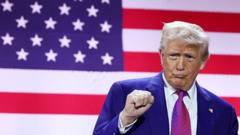
**The Truth Behind Trump's Massive Investment Assertions**
Exploring the validity of President Trump's claims regarding unprecedented business investments in the U.S. economy.
U.S. President Donald Trump has made headlines with claims of over $12 trillion in business investments occurring since he took office, suggesting a golden economic era spurred by his policies of tariffs, tax cuts, and deregulation. However, this figure begs scrutiny. Economists argue that it's far too soon to substantiate such claims with reliable data, as official statistics on business investment are only published quarterly.
Analysts note that the apparent surge in business spending can be partly traced back to pre-existing plans initiated before Trump's presidency. For instance, a significant investment from Swiss pharmaceutical giant Roche, which announced a $50 billion plan, is comprised of projects that had already been in motion, highlighting the incremental rather than dramatic nature of investment growth.
While the White House reported around $5.3 trillion in new investments, much of this appears exaggerated, as many of the commitments date back to before Trump took office or are misclassified. Research from Goldman Sachs reveals that new investments from these announcements may be closer to $134 billion, and possibly as low as $30 billion when excluding foreign government-backed ventures.
The discussions around investment have drawn mixed responses from corporations, with some acknowledging prior plans and others opting to remain silent. Analysts suggest that the pressure for companies to overstate their investment intentions stems from the current administration's active interventions in the economy, providing firms with incentives to announce ambitious projects that may not materialize as expected.
Despite some positive impacts of Trump's policies, including a push for domestic pharmaceutical manufacturing, the underlying issues affecting investment growth may not be resolved solely through tariffs and tax reforms. Overall, projections indicate that uncertainty in policy could lead to a slowdown in investment growth in the foreseeable future.


